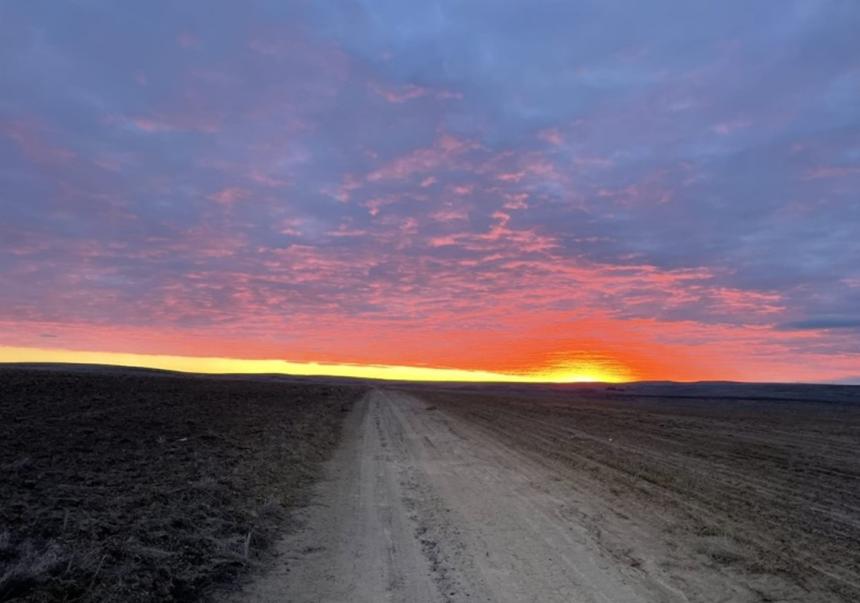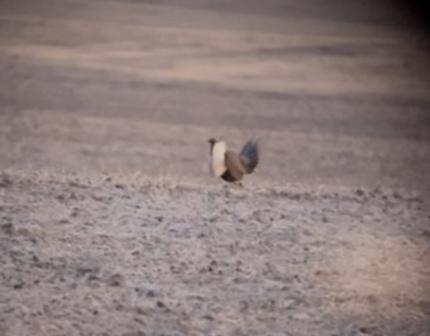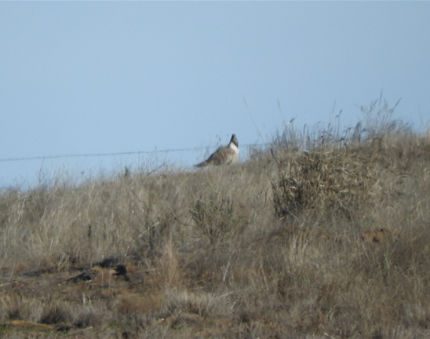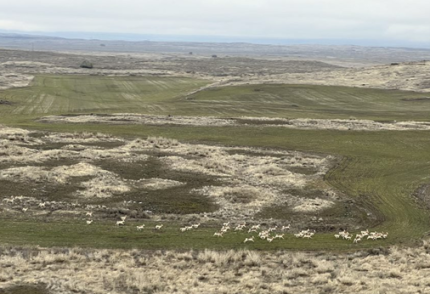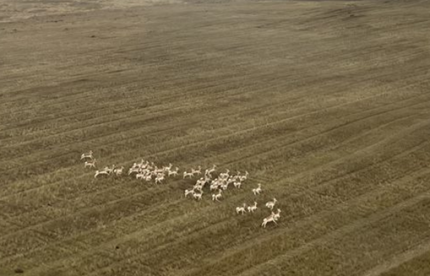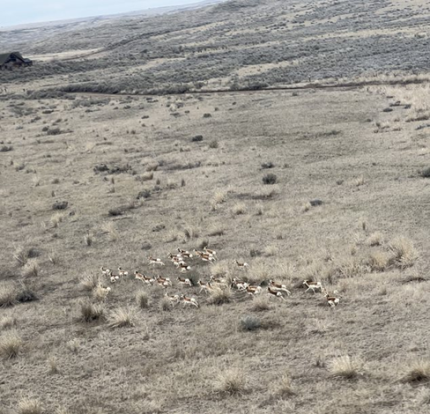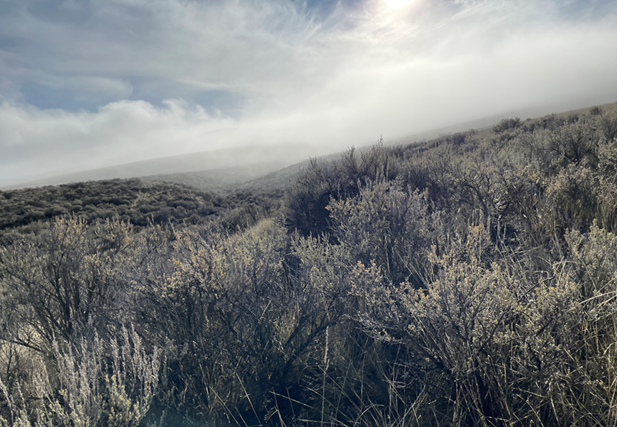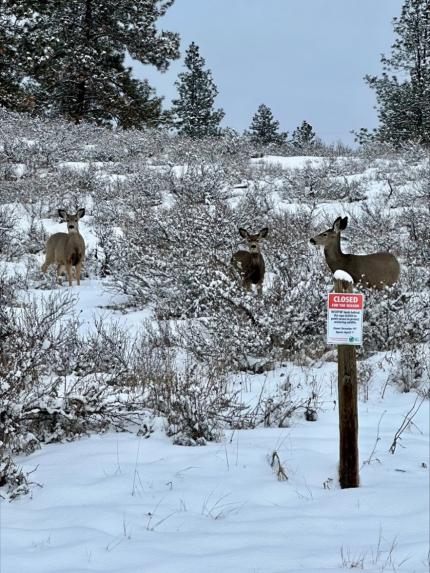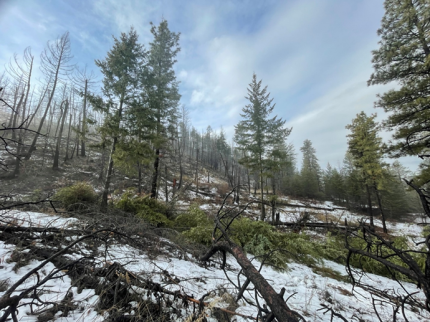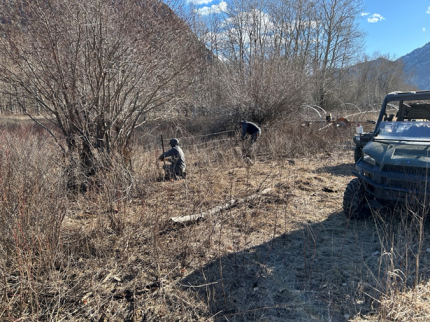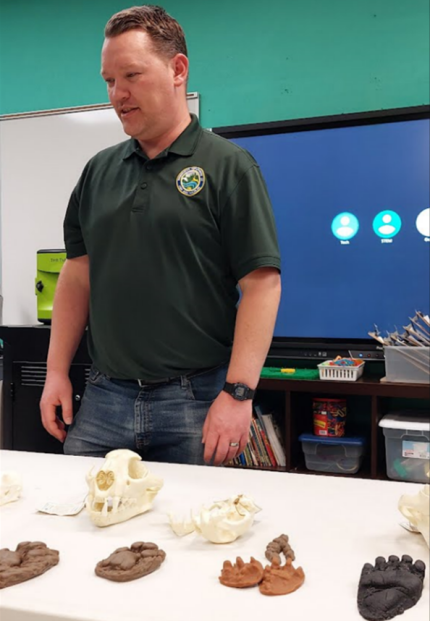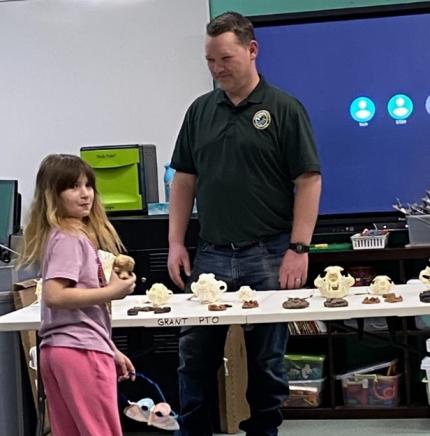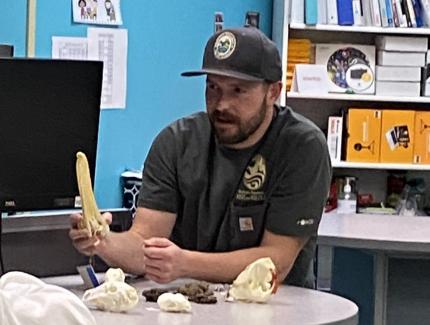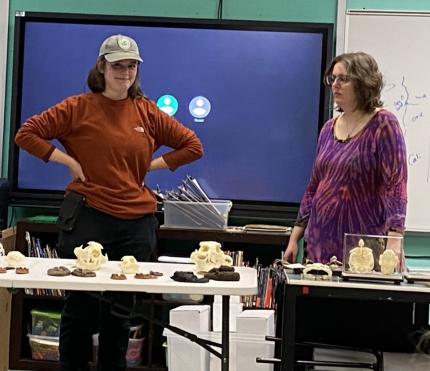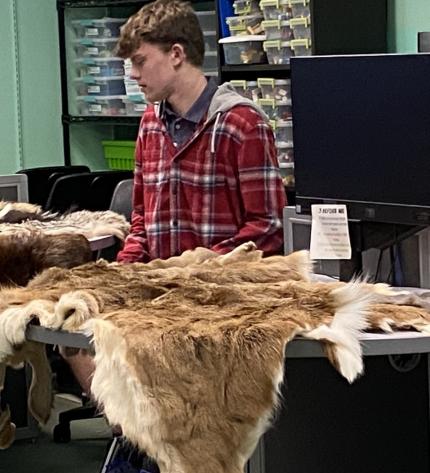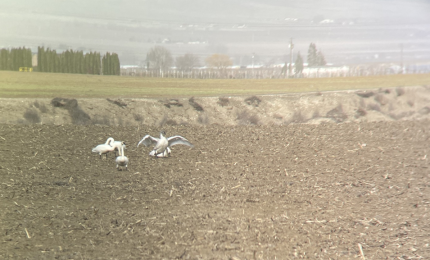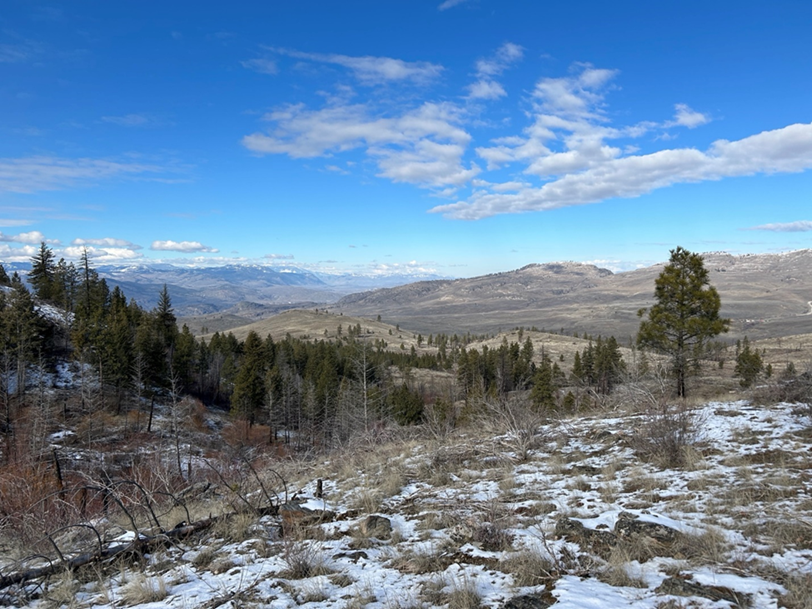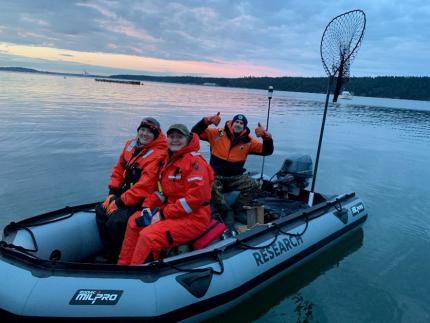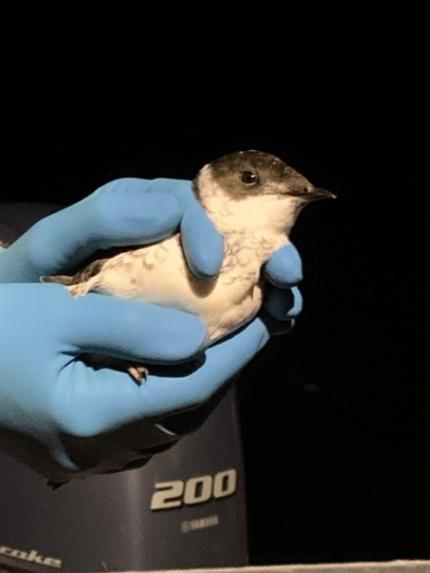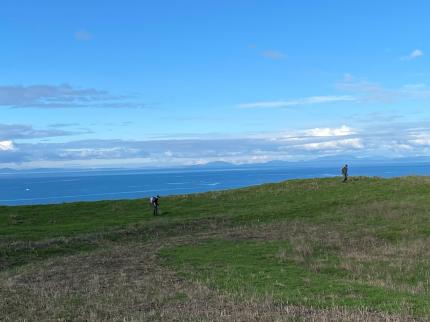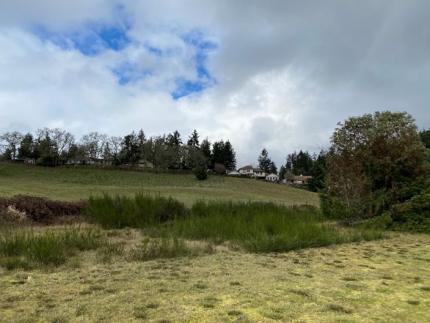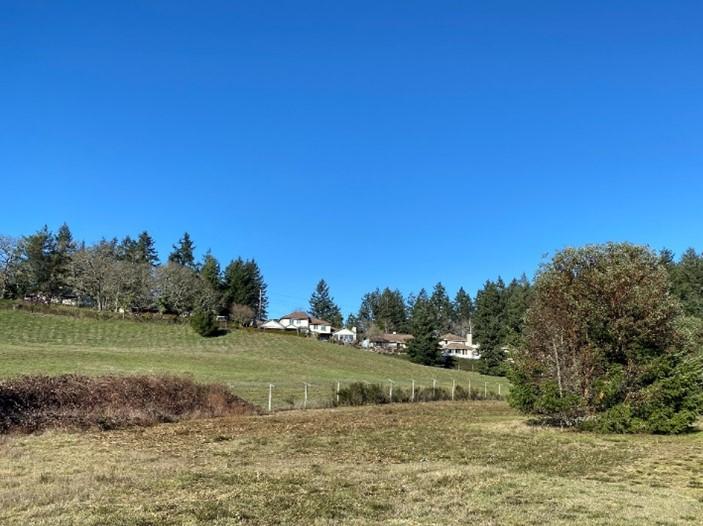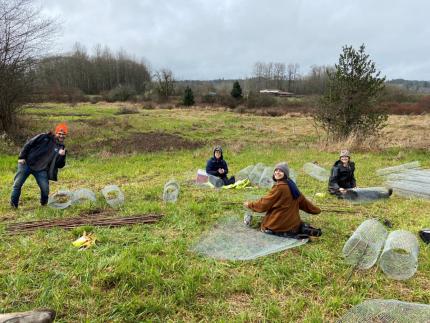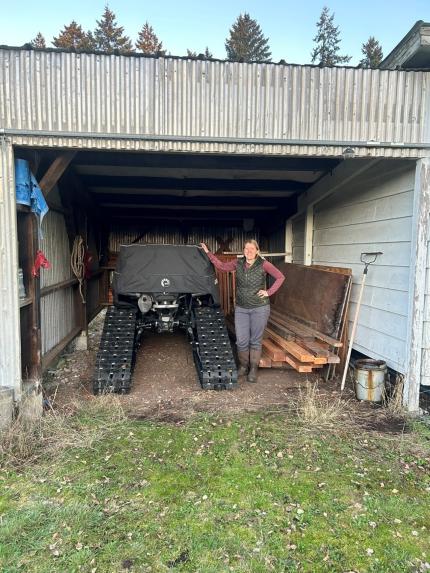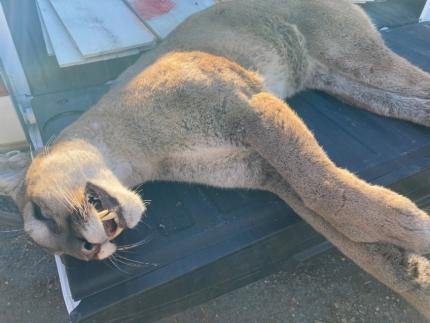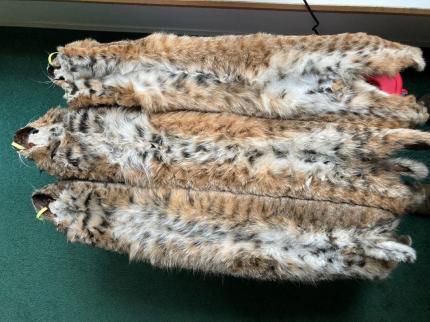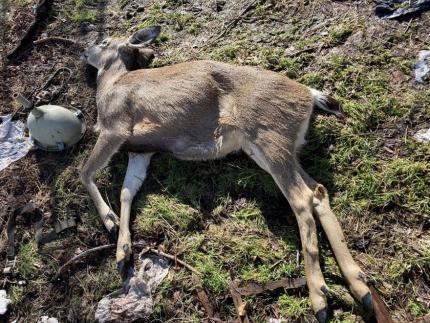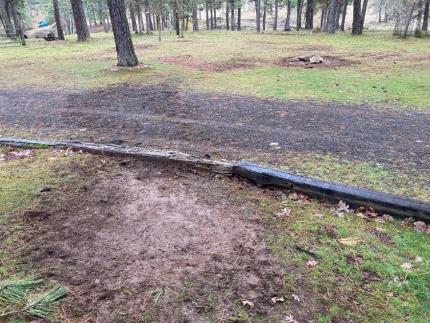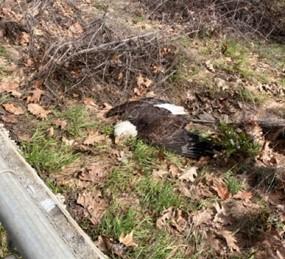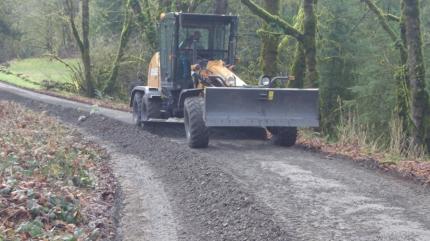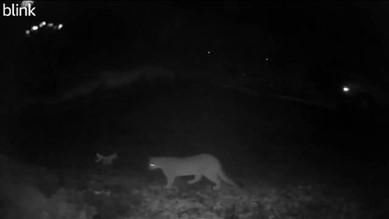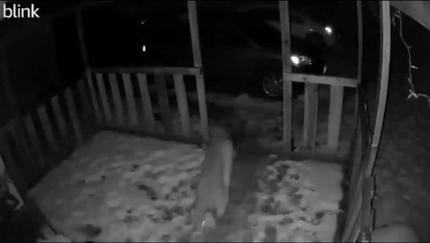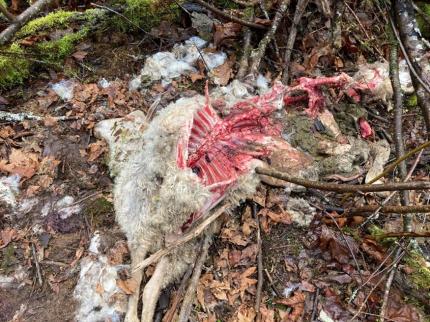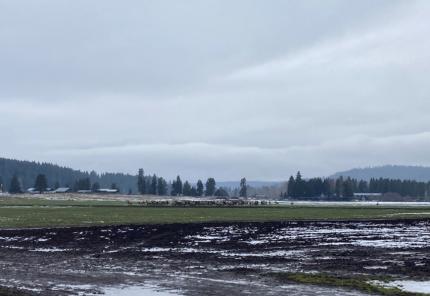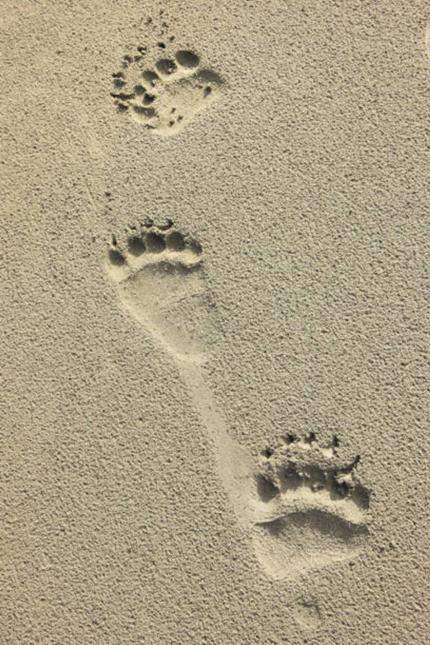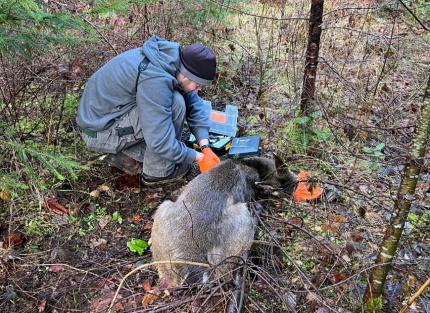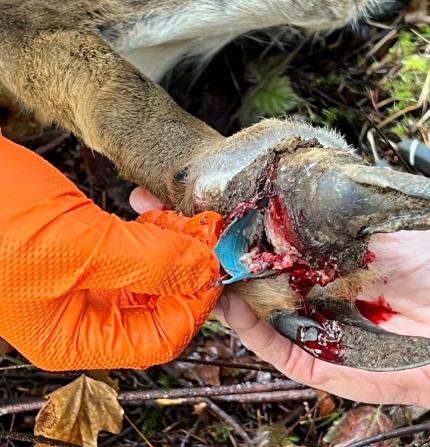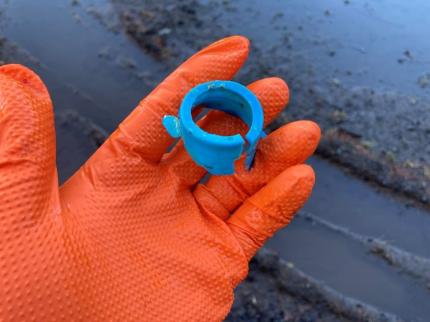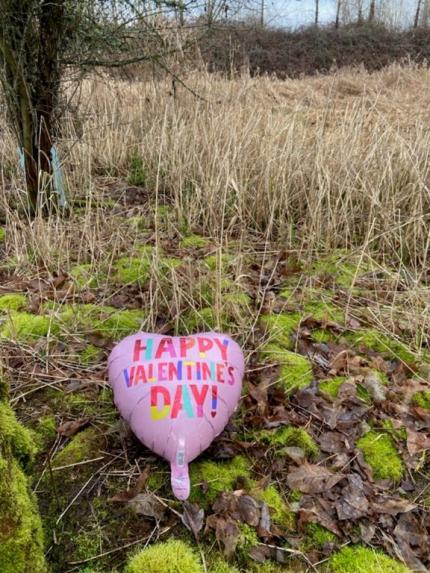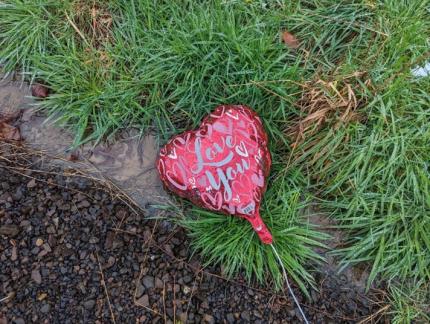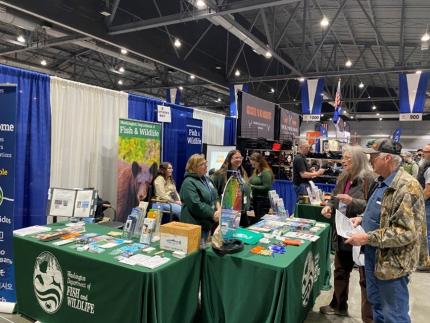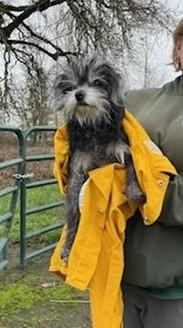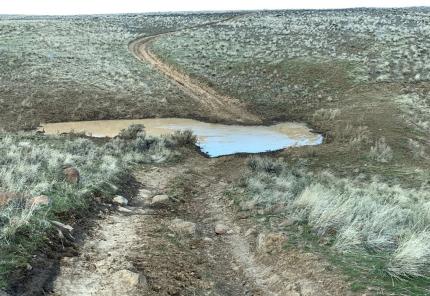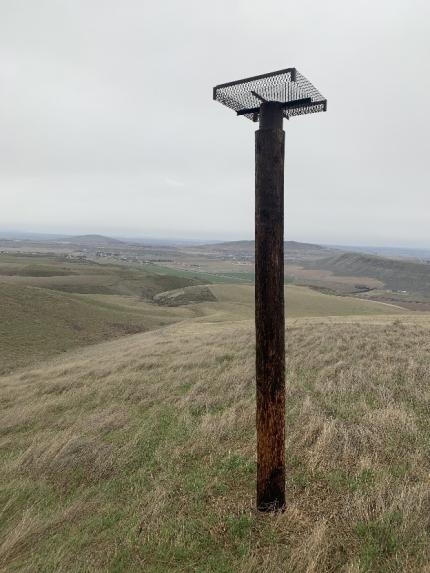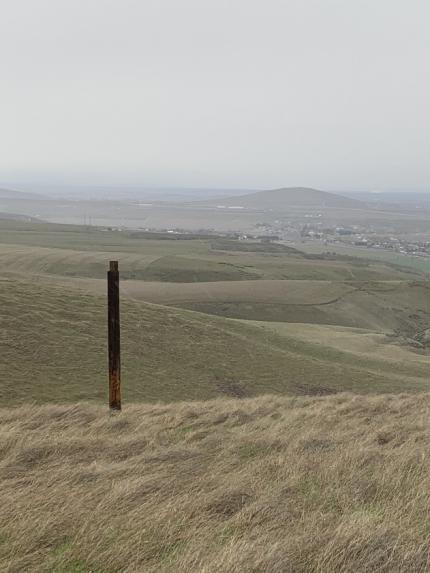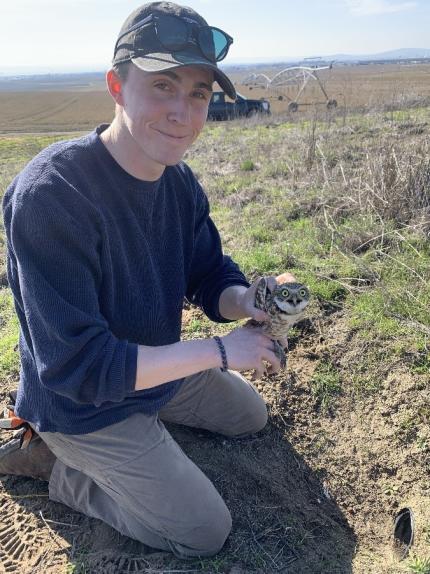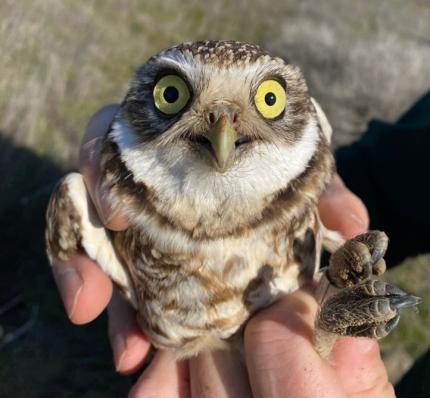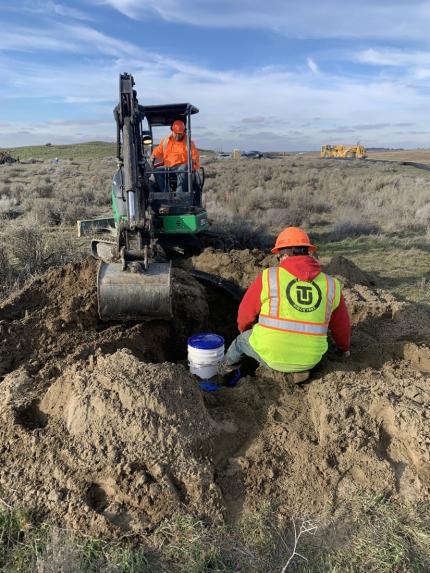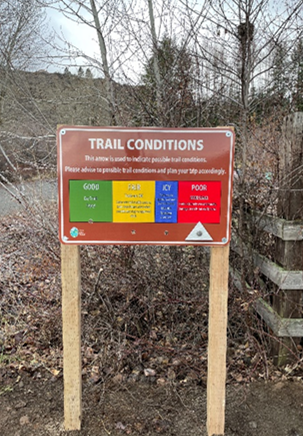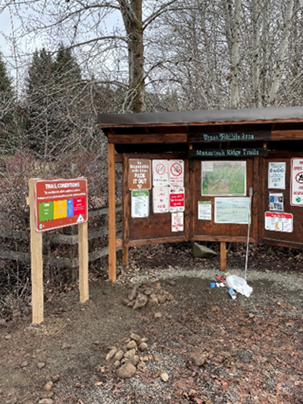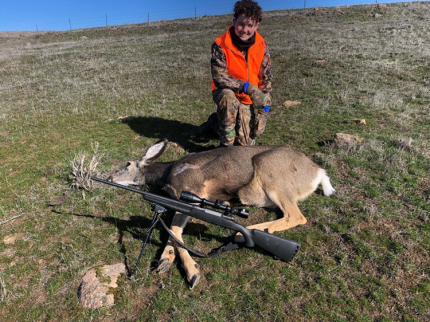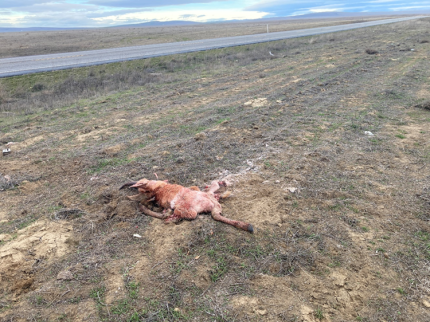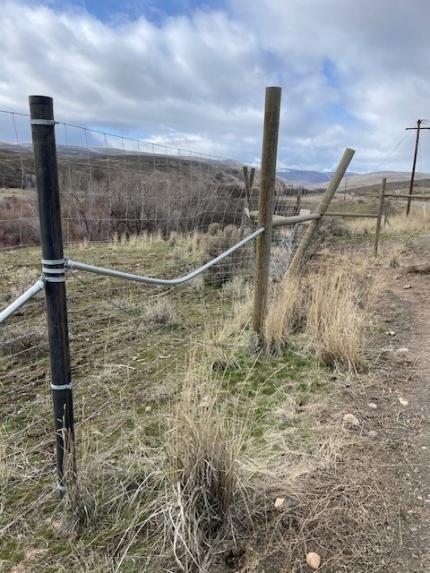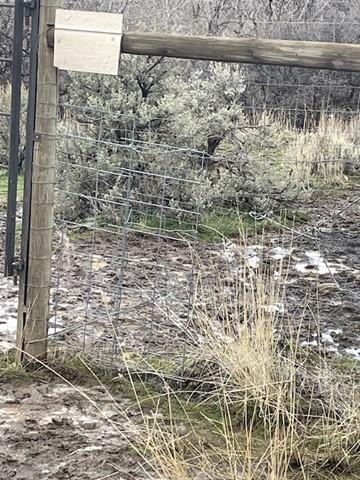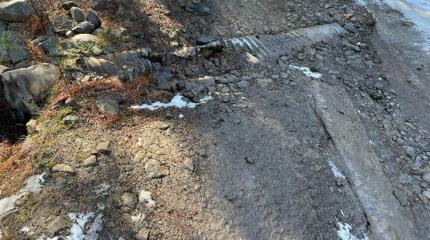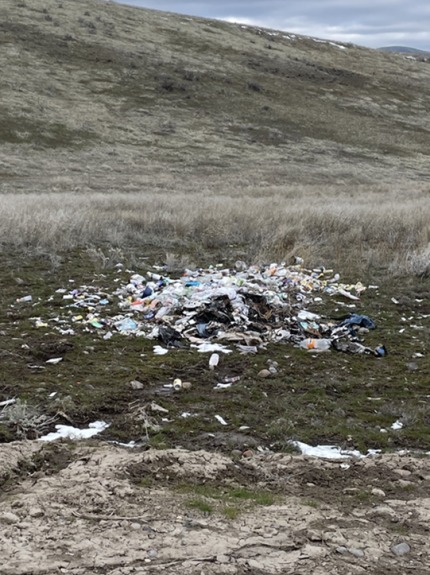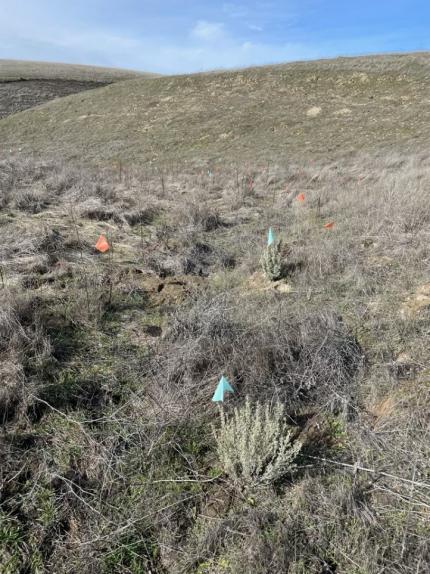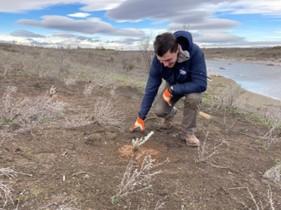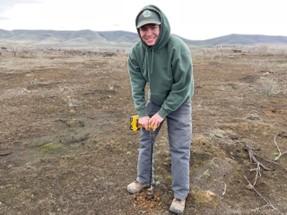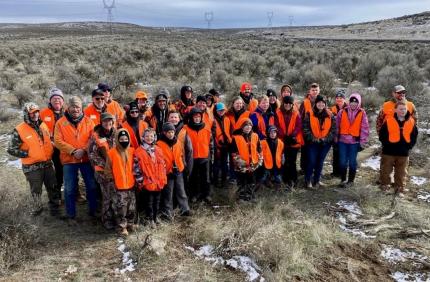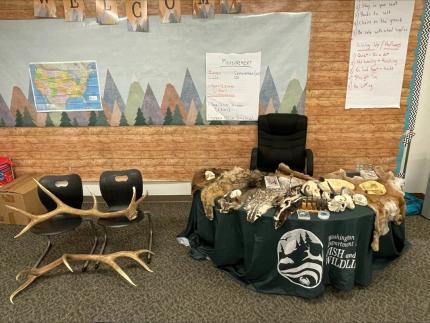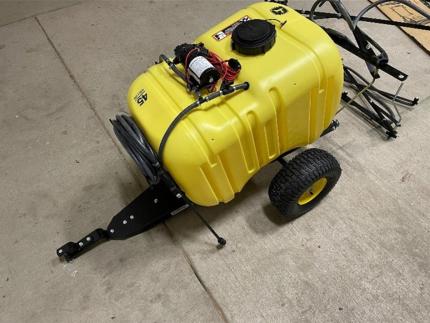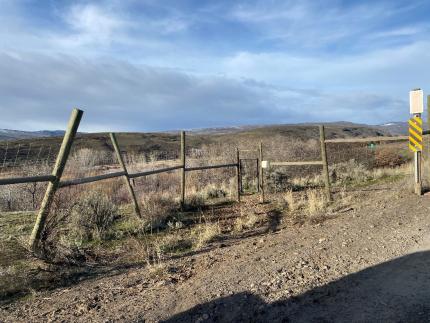Biweekly report Feb16-28 2025 - Region 5 (Southwest)
Managing Wildlife Populations
Dusky Canada Goose Surveys Continue: In February, Biologists Wickhem, Ott, Stephens, and Holman continued with their bi-monthly dusky Canada goose surveys in Clark, Cowlitz, and Wahkiakum counties. Dusky geese are a sub-species of Canada goose that spend summers in Alaska and migrate through and/or overwinter in the lower Columbia River. Duskies are closed to recreational harvest due to low population levels. The purpose of the surveys is to count dusky geese observed and read alphanumeric codes on any red neck bands on the geese, also called collars. Wildlife managers survey the geese multiple times across their primary wintering grounds and use the data to generate survival estimates. On the first survey of the month, Biologist Wickhem was joined by Conflict Specialist O’Conner and a volunteer local high school student who is interested in becoming a biologist. The team recorded 65 duskies and zero collars for the day. Biologist Ott recorded 96 duskies on the second Clark County survey and observed two collars that were not possible to read thanks to uncooperative weather and geese. Other species observed include cackling and western subspecies of Canada geese, trumpeter and tundra swans, bald eagles (including two perching near their nest), northern harriers, red-tailed hawks, kestrels, numerous species of ducks, several hundred sandhill cranes, and a few released pheasants who have survived the hunting season.
In Cowlitz and Wahkiakum counties, Biologists Stephens and Holman located flocks of dusky, western, Taverner’s, Lesser, and cackling Canada geese along with trumpeter and tundra swans. However, no collared duskies were found. Other wildlife species encountered during the effort included many species of ducks, shorebirds, raptors, gulls, Columbian white-tailed deer, black-tailed deer, elk, coyotes, otters, and marine mammals.
Deer Fawn Mortalities: Since late December there have been an abnormally large number of reports of dead fawns in Klickitat County. Seventeen separate reports of a dead fawn or fawns were made over two months, with about half of the reports around Goldendale. Many of the reports involved fawns dying in a covered area (barn, carport) or in/near hay. Samples of various internal organs were sent to the WADDL lab at the Washington State University in Pullman from four of these reports, but none of the lab results pointed to a disease outbreak. A disease like AHD may be going undetected, but it is unlikely after testing four animals. These mortalities are a good reminder to not feed deer, especially during the winter. Many people think that they are helping deer by providing artificial feed during the winter, but unfortunately the opposite is true. The best way to help wildlife on your property is to provide quality habitat. Washington Department of Fish and Wildlife (WDFW) staff members are happy to help with that and more information about living with wildlife is available on our website. To report sick, injured, or dead wildlife please use our online reporting tool or call your regional office.
Providing Recreation Opportunities
Martin’s Bar Access Area: Access area staff members have been giving special attention to the Martin’s Aar Access Area along the Columbia in Woodland in the last few weeks. There have been recent changes in the shared management agreements with the Port of Woodland and WDFW. The Port had a recent survey that prompted a change in the boundary line between the Port and WDFW property. This change shifted the property boundary owned by WDFW to now include the road. The Port has decided to remove all the trash cans and portable restrooms provided by the Port at the site. This prompted access area staff members to post signage along the entrance of the site, re-grade the entrance and parking area via the Capitol and Asset Management Program (CAMP), and to rent a portable restroom. In addition to CAMP, access area staff members had a delivery of rock for the road and parking lot to help keep the site in good shape for the extensive traffic the moves through day in and day out.
Cowlitz Wildlife Area Spears Mill Pond Maintenance and Enhancements: Cowlitz Wildlife Area staff members conducted maintenance activities on the access road to the Spears Mill Pond parking area. Staff members used a box scraper to “dig out” the potholes and redistribute existing rock. Staff members then regraded the road using a back blade adding new rock where needed. Wildlife area staff members also finished the installation of the scopes on the Pond’s viewing platform. Currently, visitors to the area might have the opportunity to see lots of waterfowl such as Canada geese, ring-necked ducks, and tundra swans.


































